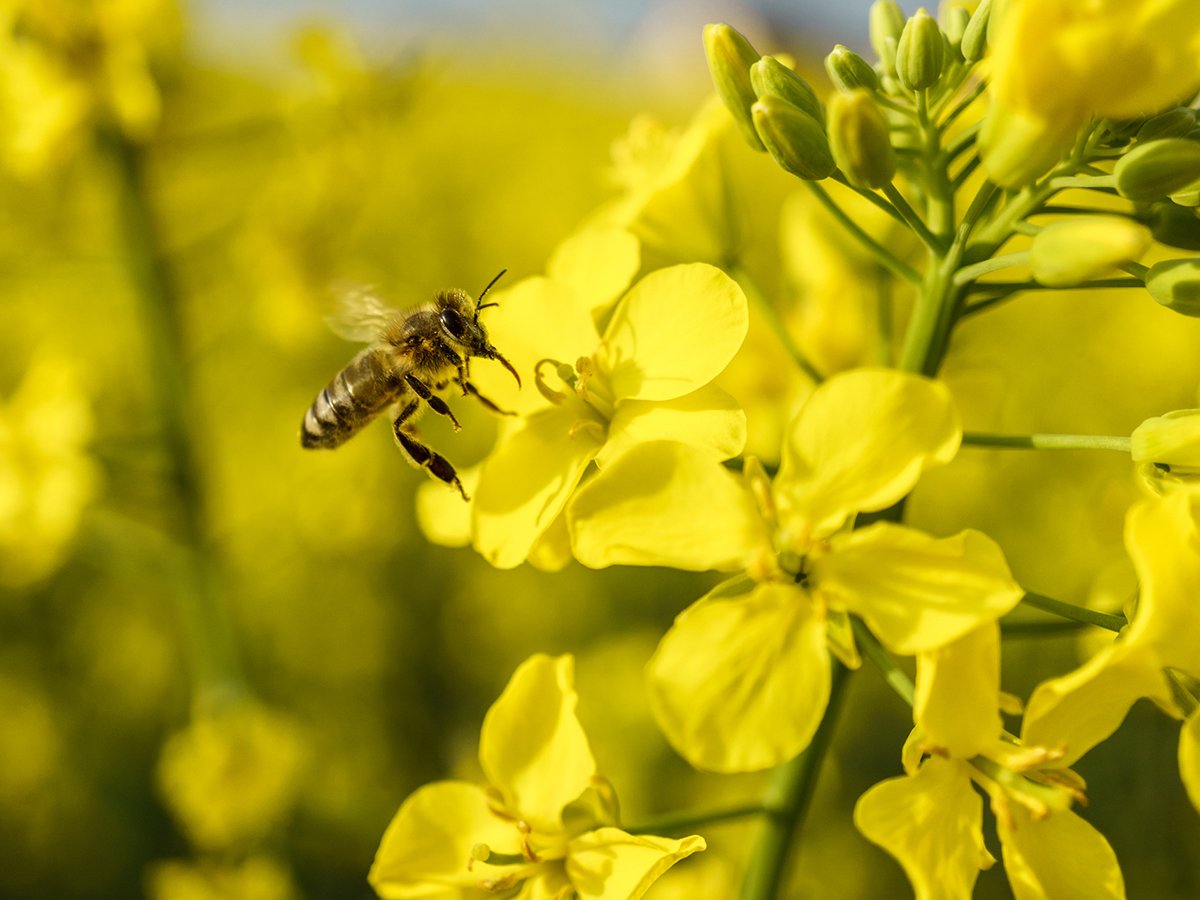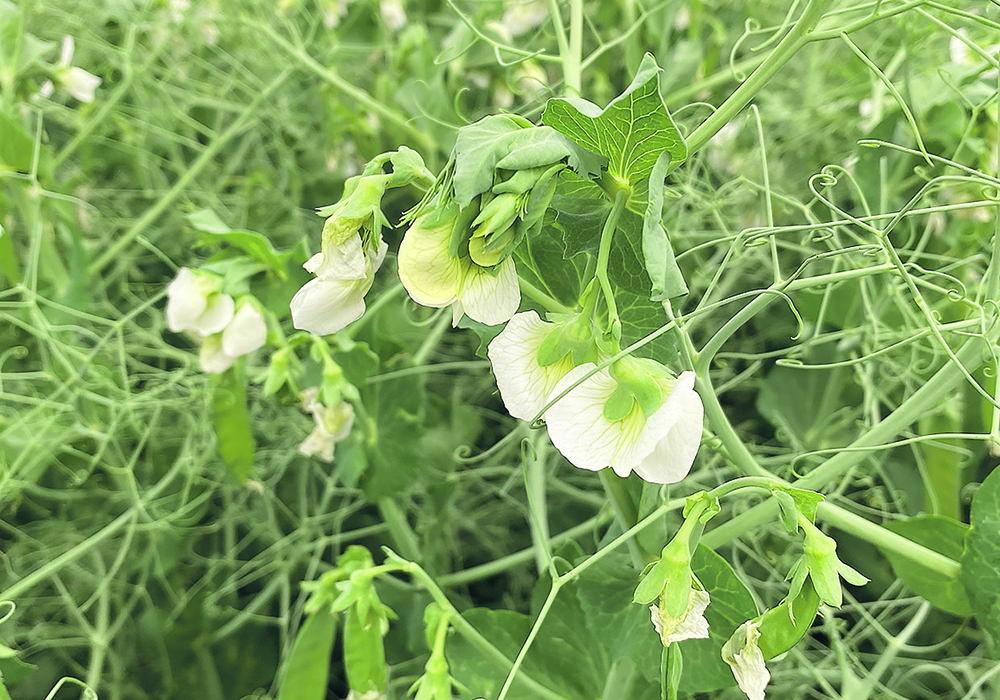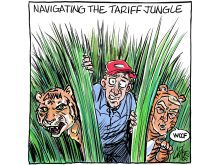For much of the latter half of the 20th century, Canada was referred to as the “breadbasket of the world” due to the high number of wheat production acres and export volumes.
However, during this time many farmers relied on short crop rotations that included summerfallow, resulting in greater environmental impacts than current crop production practices.
Summerfallow deprived a field’s future crops of moisture and the frequent tillage passes made soils more susceptible to water and wind erosion.
In some areas, where livestock was more common, three-year rotations were often used, where wheat would be grown the first year, followed by another cereal crop to be used for livestock feed (oats and barley), with the third year being summerfallow.
Read Also

Invigor Gold variety viewed as threat to condiment mustard
Invigor Gold, the canola-quality mustard developed by BASF, is on a collision course with Canada’s condiment mustard industry. It’s difficult to see how the two can co-exist.
Wheat was the king crop then due to its high profits and the global demand for the premium quality of Canadian wheat.
However, this no longer seems to be the case. Why?
Canada still produces and exports significant volumes of wheat, but changes in land use and crop rotations over the past 30 years have resulted in shifts away from wheat.
Canada has become the leading raw canola seed exporter and the global leader concerning canola meal and canola oil exports. The production of canola, corn and soybeans has dramatically increased over the past three decades, thanks in part to improved crop breeding programs and private sector investments.
New varieties of these three commodities are predominantly commercialized by private firms, allowing the public sector to devote more resources to other commodities. This also provides choice for farmers.
There are those who opt to pay the higher seed costs associated with private sector seed, while those who prefer to keep their seed costs lower can buy their seeds from public sector developed varieties.
Canada’s increased crop diversity is predominantly due to changes in land-management habits, with land transitioned out of summerfallow into continuous crop production, increasing moisture conservation and reducing soil erosion.
Through a collaboration of seed, chemical and equipment technologies, farmers have been able to maintain excellent weed control without needing to till fields.
Canada has made significant investments in wheat development programs, ensuring that Canada will remain a key wheat producing nation.
Canola investments also remain strong, meaning that Canada is unlikely to relinquish its number one export position any time soon.
However, Canada has experienced only limited success in encouraging the private sector to invest in cereals, pulses, lentils and oilseeds other than canola.
In some commodities, there are only two or three breeding programs, which limits the number of new varieties released and farmer choice.
Increased sustainability is going to be a driver of future production and trade. This means our production needs to focus on improving yields and profits while taking care of the land sustainably.
Canadian farmers have already made great strides in increased sustainable production practices, but additional improvements will be required.
One example would be the development of better nitrogen-fixating pulse varieties that would reduce fertilizer requirements for a subsequent crop. Variations of cereal-pulse-oilseed rotations have greatly contributed to increased sustainability, highlighting the importance of ensuring that strong public and private breeding programs are available for all three commodity types. Achieving this will allow Canada to continue to be a leading producer of cereals, pulses and oilseeds.
While it’s not possible to know what lies ahead for Canadian crops or their place in the world’s demand for food, we know that demand will remain strong for sustainably produced commodities.
Canada’s excellence in sustainably produced food commodities is likely to provide benefits for the coming years.
Stuart Smyth is an associate professor in the University of Saskatchewan’s agricultural and resource economics department. He holds the Agri-Food Innovation and Sustainability Enhancement Chair. This article first appeared on the SAIFood website. It has been edited for length.















